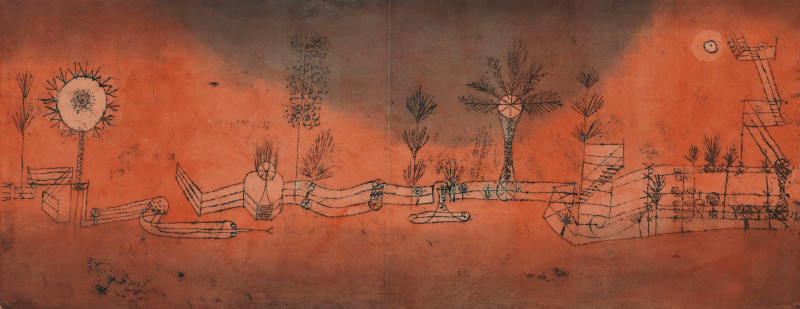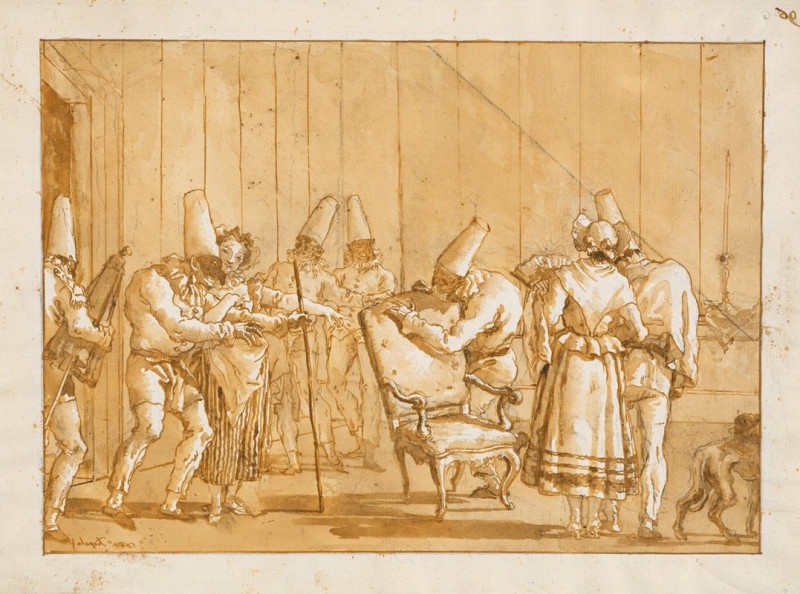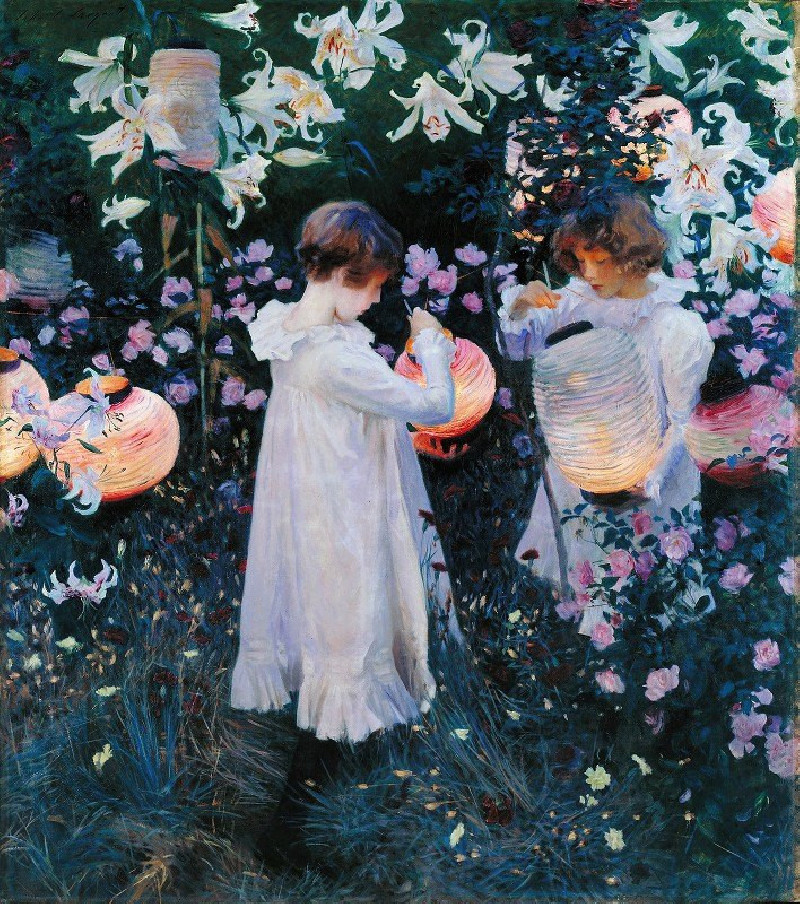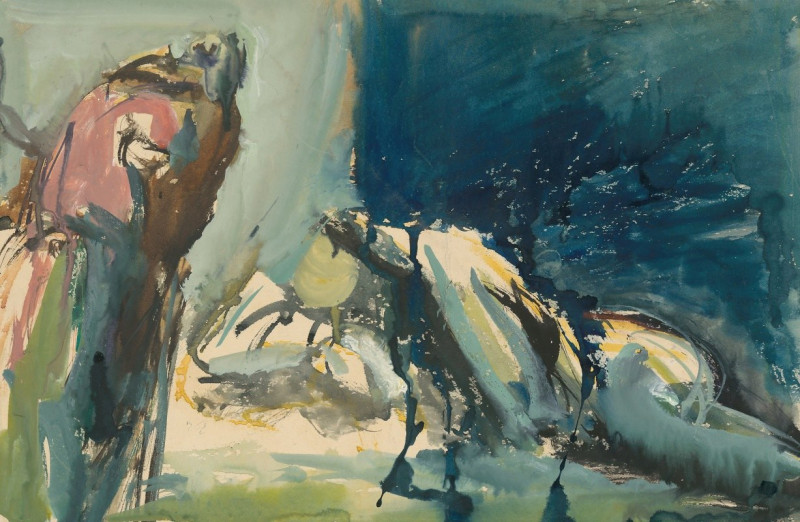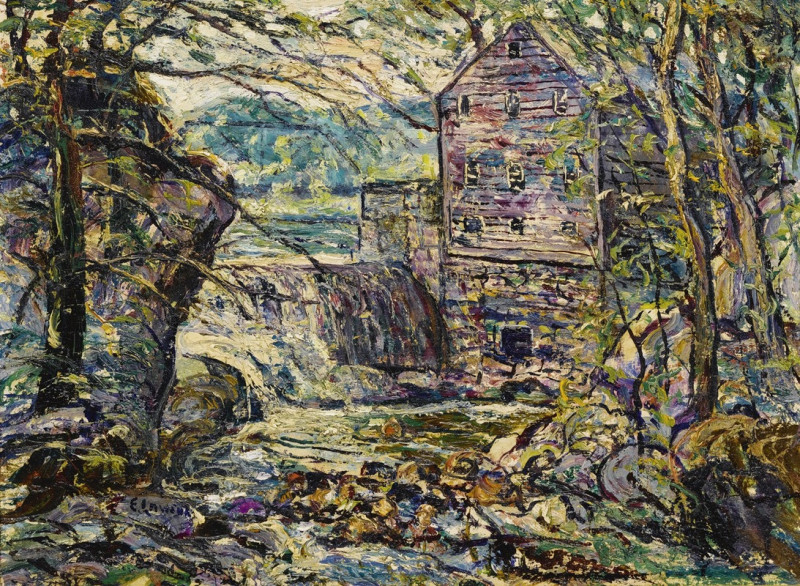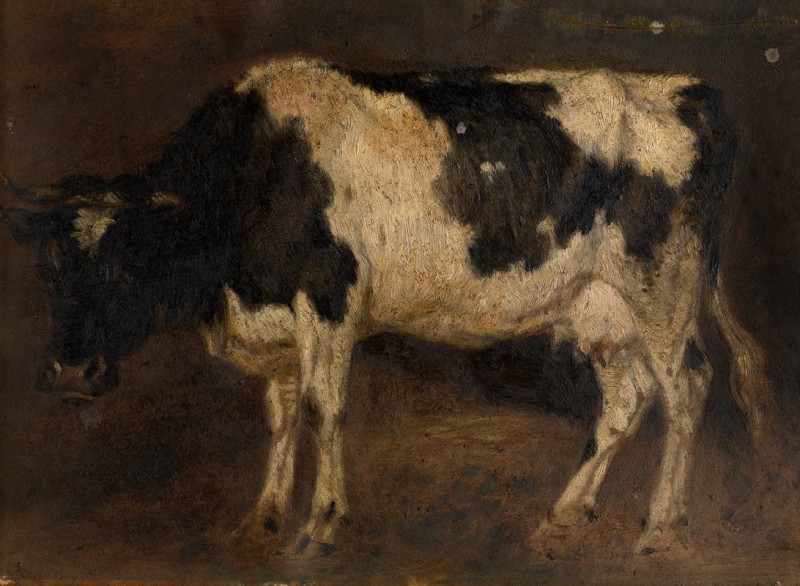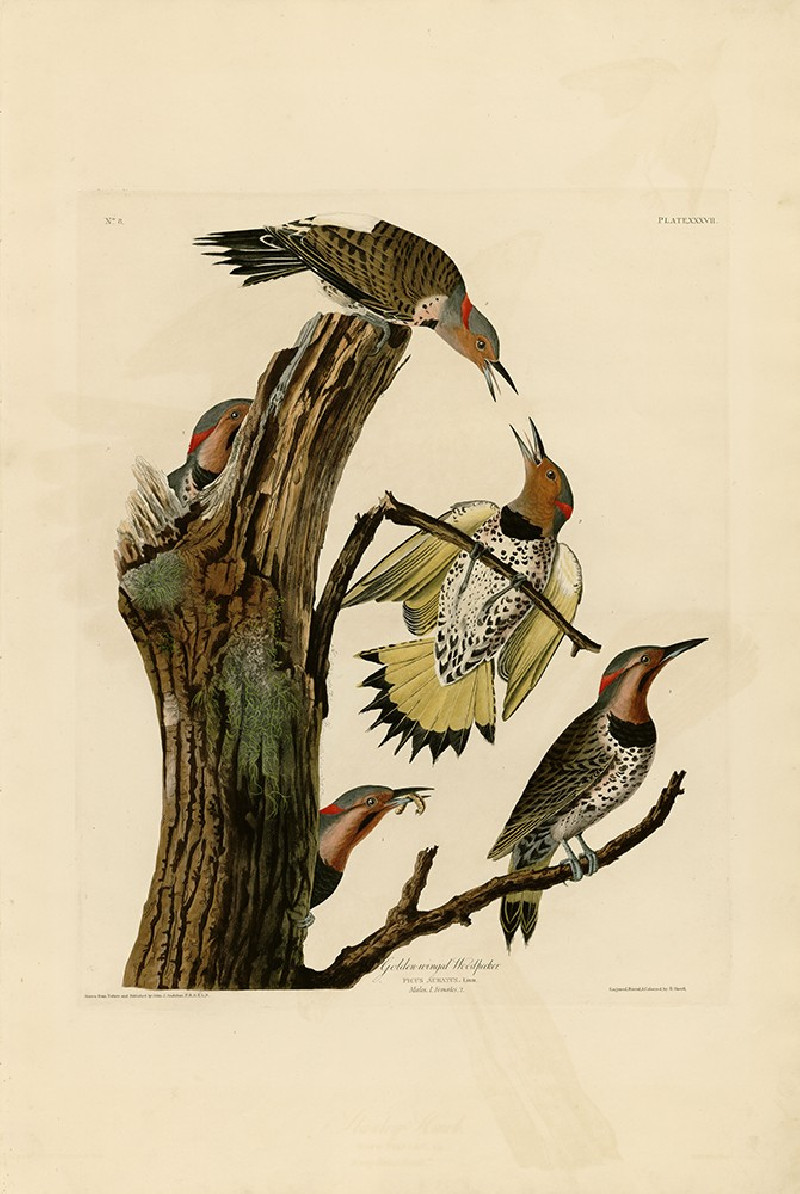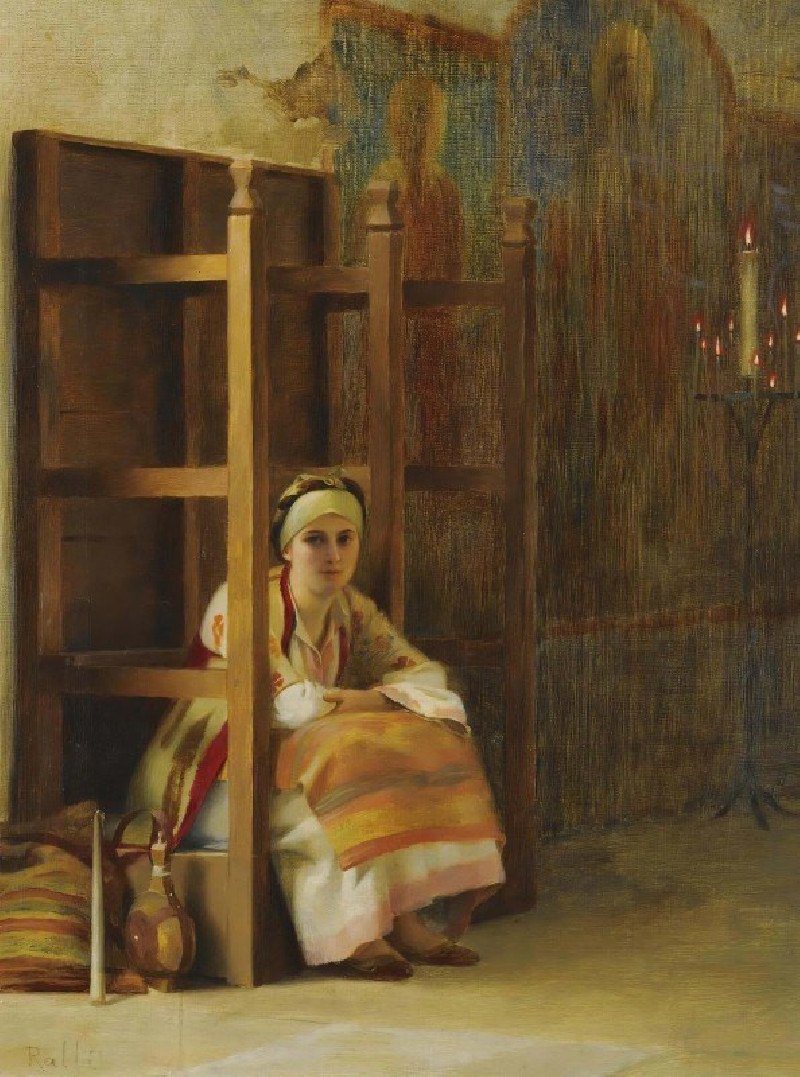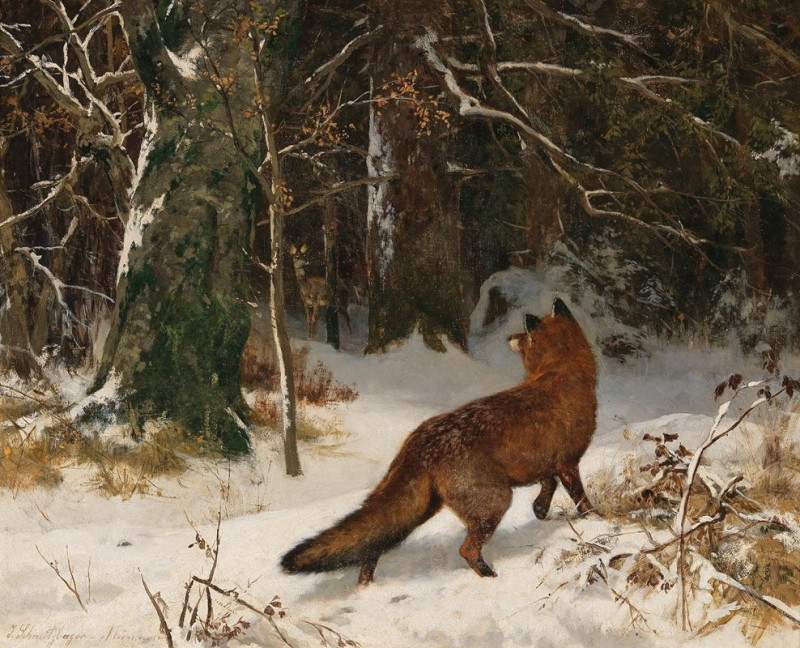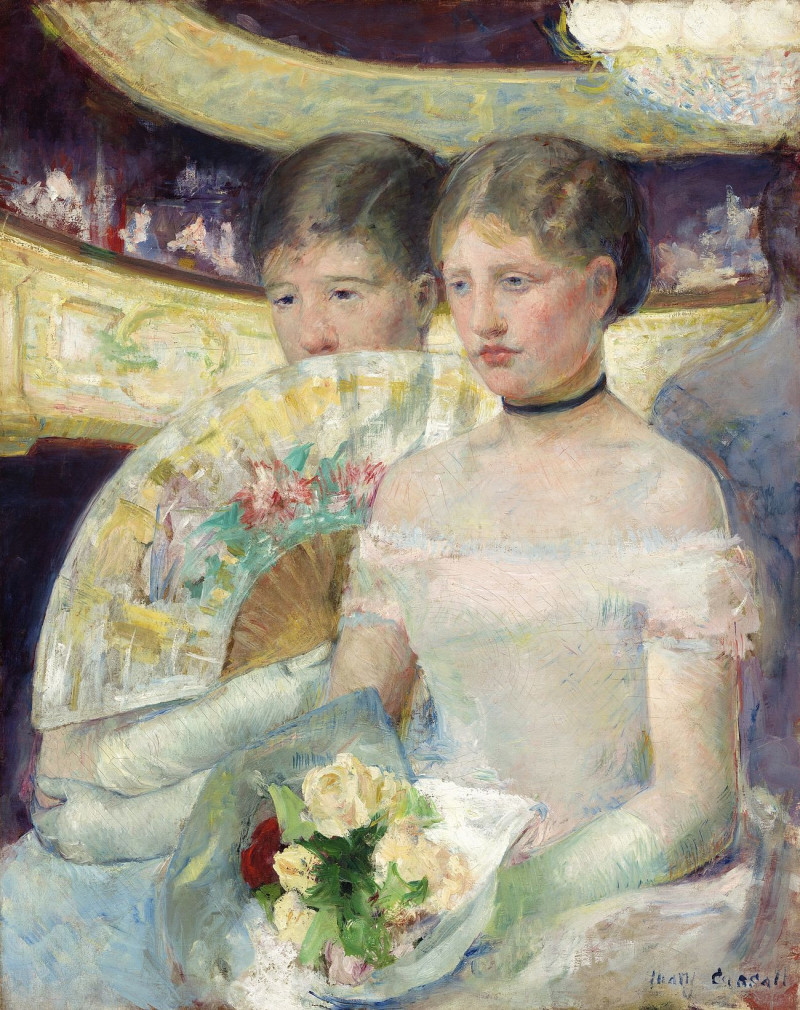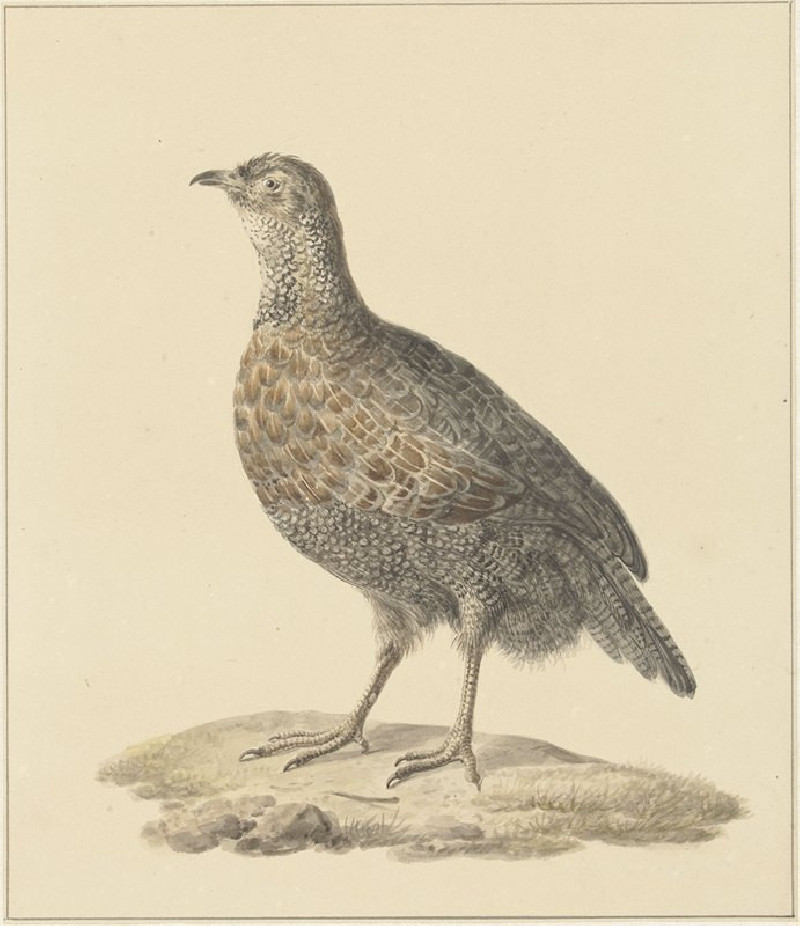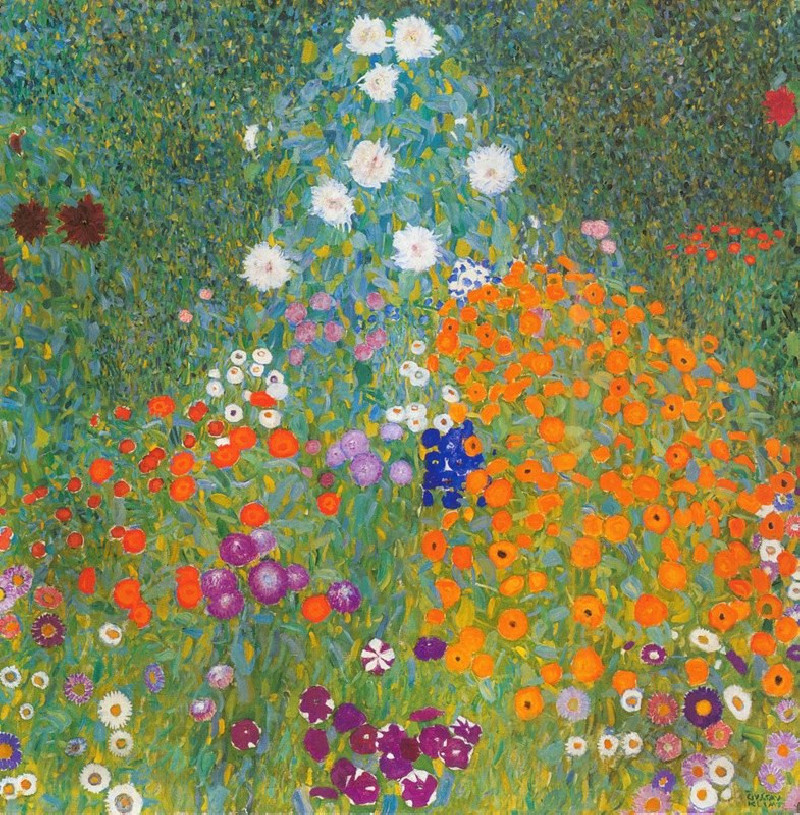Tropical Gardening (1923)
Technique: Giclée quality print
Recommended by our customers
More about this artwork
Welcome to a visual journey through Paul Klee's "Tropical Gardening," crafted in 1923. This evocative piece transcends the ordinary by bringing together a melange of organic structures and abstract forms. Through Klee's expert use of color and line, viewers are transported into a lush, imaginative garden under a broad, tropical sky.At first glance, "Tropical Gardening" captures attention with its warm, vermilion backdrop, suggestive of a sunset or perhaps the rich soil of an exotic land. The use of black lines to sketch out the forms gives this artwork a delicate yet dynamic quality. We see an assortment of stylized plant shapes that seem to oscillate between figuration and abstraction. Trees and vegetation are not merely represented; they are reinvented through Klee's unique visual language.Balanced compositionally across the canvas, elements such as branching trees, radiant sun-like figures, and interconnected linear forms create a sense of rhythm and interconnectedness. The plants depicted are not specific in species, lending a timeless, universal feel to the garden theme."Tropical Gardening" is not just a portrayal of a physical landscape but an invitation to explore the fertile ground of imagination and emotion. Through subtle intricacies and bold simplifications, Klee challenges us to perceive nature—and art—not as static or predictable, but as a sphere of endless possibilities.
Delivery
Returns
Paul Klee was a Swiss-born German artist. His highly individual style was influenced by movements in art that included expressionism, cubism, and surrealism. Klee was a natural draftsman who experimented with and eventually deeply explored color theory, writing about it extensively; his lectures Writings on Form and Design Theory (Schriften zur Form und Gestaltungslehre), published in English as the Paul Klee Notebooks, are held to be as important for modern art as Leonardo da Vinci's A Treatise on Painting for the Renaissance.

